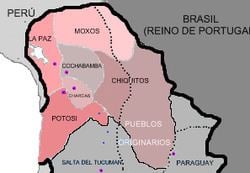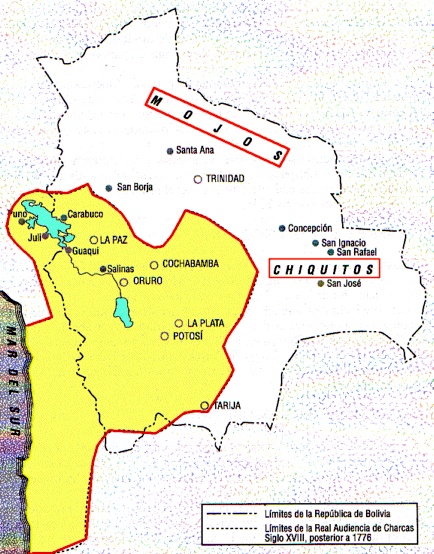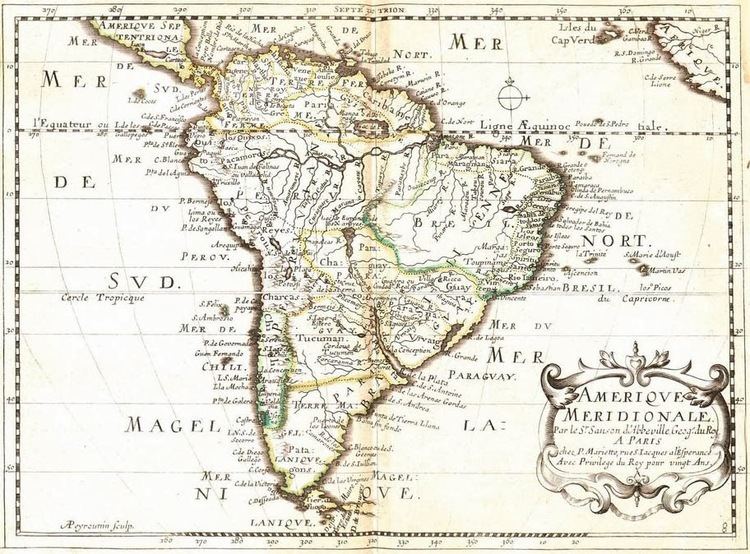 | ||
The Real Audiencia of Charcas (Spanish: Audiencia y Cancillería Real de La Plata de los Charcas) was a Spanish audiencia with its seat in what is today Bolivia. It was established in 1559 in Ciudad de la Plata de Nuevo Toledo (later Charcas, today Sucre) and had jurisdiction over Charcas, Paraguay and the Governorate of the Río de la Plata, today Uruguay and northern Argentina. This court oversaw the incredible silver output of the mines at Potosí. It was part of the Viceroyalty of Peru until 1776, when it was transferred to the newly created Viceroyalty of the Río de la Plata and began to be referred to as Upper Peru.
Contents
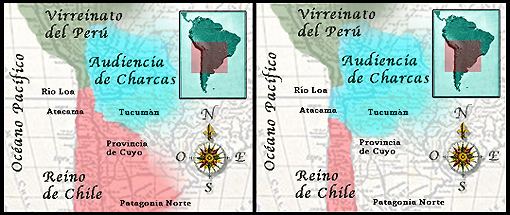
Structure
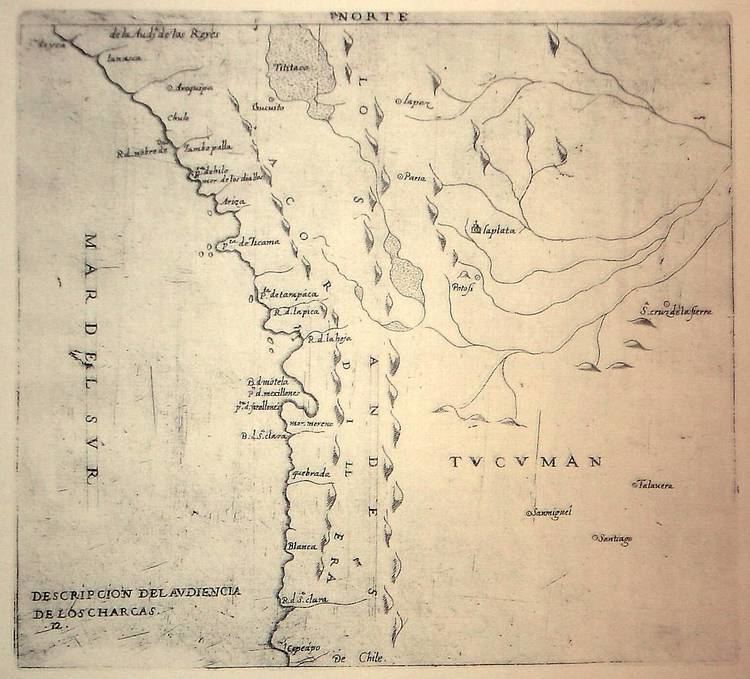
Philip II of Spain originally established the audiencia by royal decree on 4 September 1559. Law IX (Audiencia y Chancillería Real de la Plata, Provincia de los Charcas) of Title XV of Book II of the Recopilación de Leyes de Indias of 1680 — which compiles the original 1559 decree and the ones of 29 August 1563, 1 October 1566, 26 May 1573 — describes the borders and functions of the Audiencia.
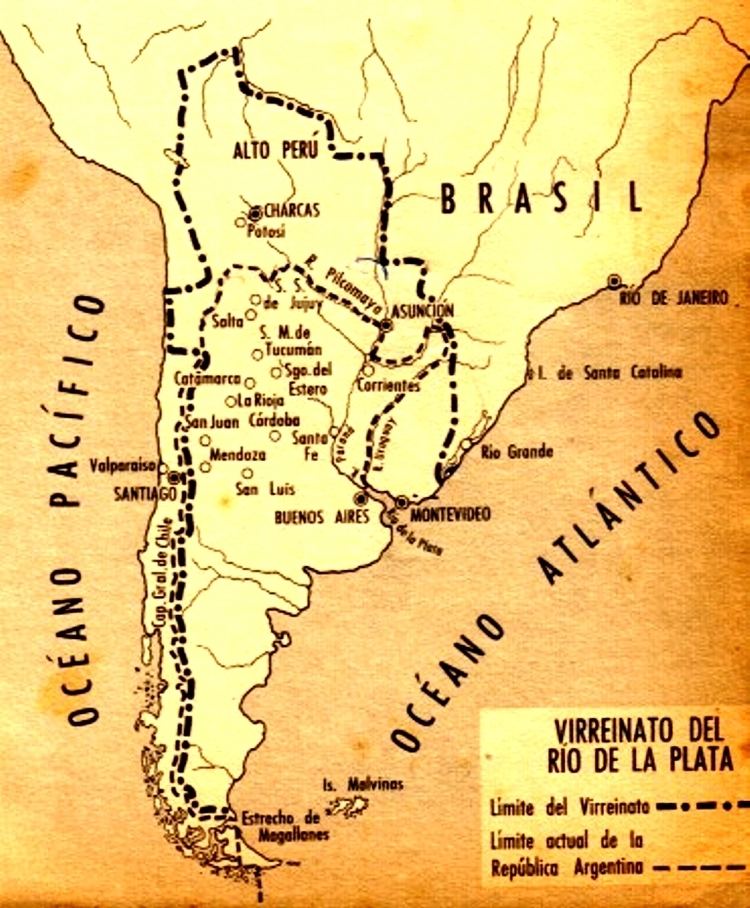
In Ciudad de la Plata de Nuevo Toledo, Province of the Charcas in Peru, shall reside another Royal Audiencia and Chancellery of ours, with a president; five judges of civil cases [oidores], who shall also be judges of criminal cases [alcaldes del crimen]; a crown attorney [fiscal]; a bailiff [alguacil mayor]; a lieutenant of the Gran Chancellor; and the other necessary ministers and officials; and which shall have for district the Province of the Charcas, all of El Collao, from the town of Ayabiri, along the road of Urqusuyu, from the town of Asillo by the road of Umasuyu, from Atuncana, by the road of Arequipa, towards the part of the Charcas, inclusive with the Provinces of Sangabana, Carabaya, Juríes y Diaguitas, Moyos [see also Moxos people] and Ch'unchu, and Santa Cruz de la Sierra, sharing borders: in the North with the Royal Audiencia of Lima and provinces not yet discovered; in the South with the Royal Audiencia of Chile; and in the east and west with the two Seas of the North and South and the line of demarcation between the Crowns of the Kingdoms of Castile and Portugal, along the Province of Santa Cruz of Brazil. All said territories are and shall be understood to comply with Law 13, which deals with the founding and erection of the Royal Audiencia of Trinidad, Port of Buenos Ayres, because our will is that said law be kept, complied with and executed precisely and punctually.
Independence
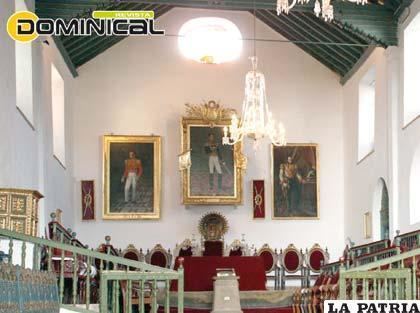
Charcas stands out as one of the initial areas in Spanish America to form juntas during the period of independence, effectively removing the Audiencia judges from power. These early juntas, established in 1809, were swiftly suppressed in the subsequent year by military interventions from Peru and Río de la Plata. However, the reestablishment of the Audiencia did not occur until 1816, this time under the supervision of the viceroy of Peru. Moreover, regions of Charcas that were under patriot control participated by sending delegates to the Congress of Tucumán on July 9, 1816, which proclaimed the independence of the provinces of the Río de la Plata. The Republic of Bolivia was created from the Royal Audiencia of Charcas on August 6, 1825.
